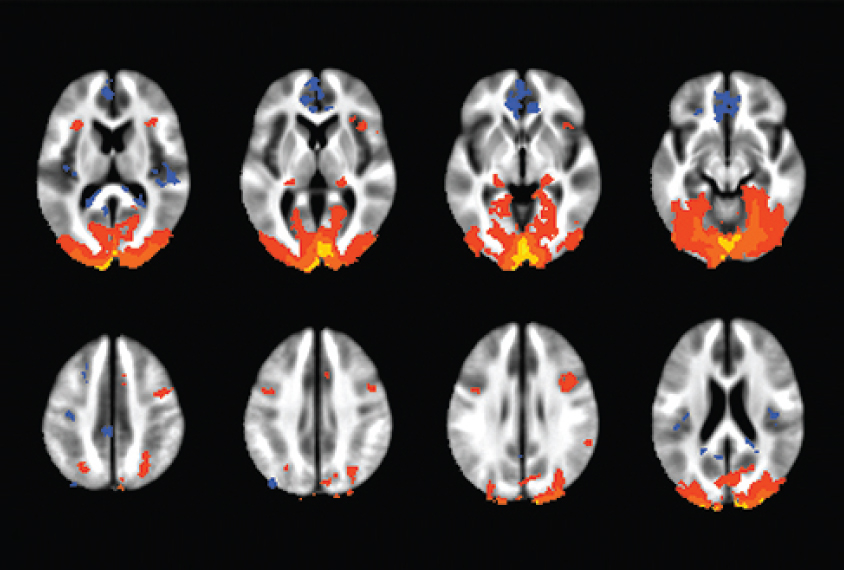
Tool taps personal interests to understand self-control
A novel take on a widely used test could help clinicians assess impulsivity in people with autism.
A new version of a well-known test assesses how personal interests influence self-control in typical adults1. The tool may eventually help scientists better understand the impulsivity and intense interests in people with autism that can interfere with their daily functioning.
Scientists can measure self-control with a ‘go/no-go’ task. In that test, an individual looks at a series of images and is supposed to do something when he sees one type of image — say, a face with a blank expression — and withhold the action when he sees another type, such as a happy face.
But faces and neutral stimuli might not test the difficulties people with autism have with self-control. Problems may arise, for example, when they must avoid engaging in an activity of particular interest to them.
To address this challenge, researchers modified the go/no-go task to include personal interests. The scientists presented 39 typical adults with images of 23 hobbies or activities — such as running, cooking, subway maps and anime — and asked them to select their favorite and least favorite one.
No distractions:
The participants then competed the go/no-go task while inside a functional magnetic resonance imaging scanner. In some cases, they were supposed to press a button only in response to an image of their favorite activity. In other cases, they were to press the button when the image reflected their least favorite activity. They repeated the test with happy versus neutral faces, and yellow versus blue rectangles.
Participants behaved similarly in the three versions of the test, suggesting that they can regulate their impulses. But their brain activity indicated that the personal-interests test involves different cognitive skills than the traditional go/no-go tasks do. Compared with colored rectangles, images of interest produce increased activity in the anterior insula, a region involved in attending to important objects in the environment.
As expected, all of the tests engage the fronto-striatal network, which is involved in cognitive control. The results appeared 1 December in Social Cognitive and Affective Neuroscience.
The team is investigating whether images of interest affect impulse control in people with autism. Some studies have shown that people with autism have poor self-control, but others have found no difference between people with autism and their typical peers. The new test may help reconcile these conflicting results.
References:
- Bos D.J. et al. Soc. Cogn. Affect. Neurosci. 12, 1890-1901 (2017) PubMed
Recommended reading

Expediting clinical trials for profound autism: Q&A with Matthew State

Too much or too little brain synchrony may underlie autism subtypes
Explore more from The Transmitter

This paper changed my life: Shane Liddelow on two papers that upended astrocyte research
Dean Buonomano explores the concept of time in neuroscience and physics

